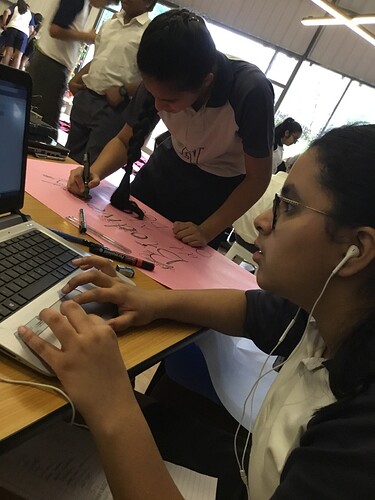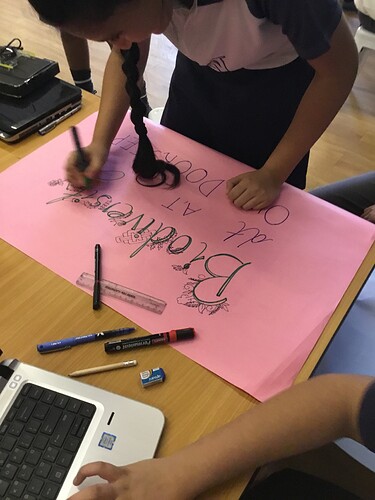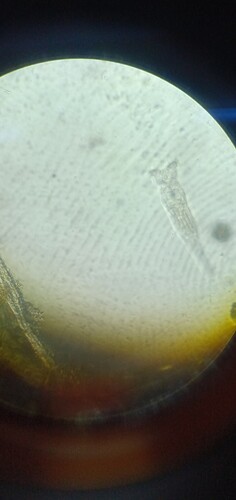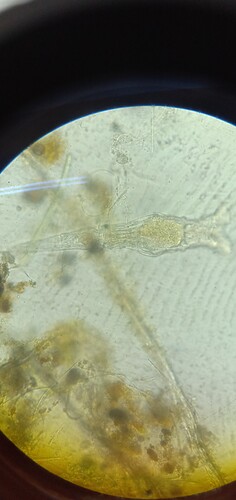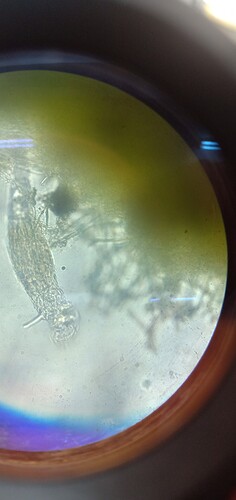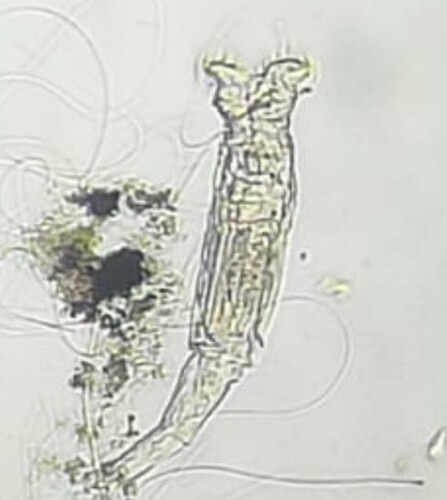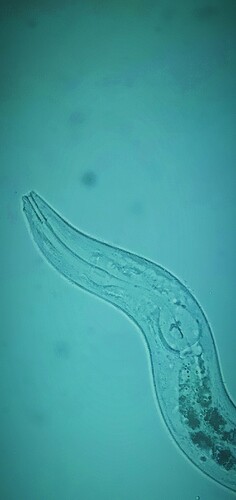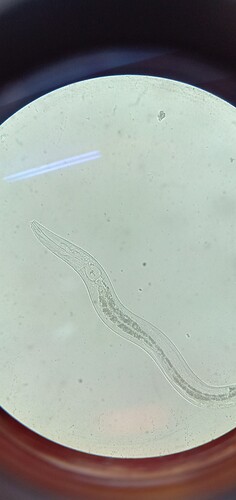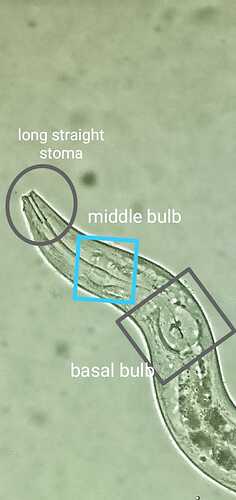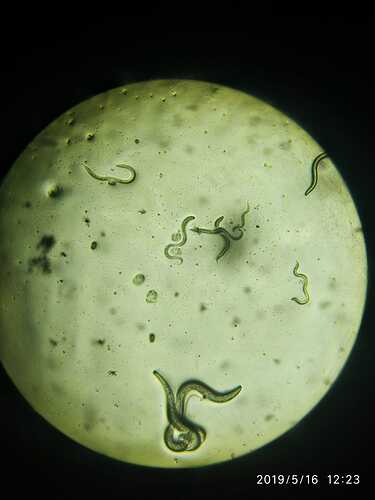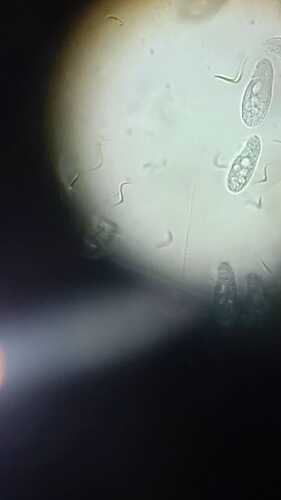Abiotic factors of an ecosystem are temperature, humidityand all these support the growth of the microorganisms but it can also reduce them them some microorganisms cannot survive very high or low temperature.
They cannot breathe underwater but from the air.
These organisms are part of Phylum Rotifera. They are commonly called Rotifers. They feed on microscopic algae and are great contributers to the nutrient cycling.
What is the size of this organism?
The size is about 0.1- 0.3 mm. It can be also seen from naked eyes
To attract certain organisms present in the soil. Now which organisms can be present in the soil spread on the agar plate?
If it can be seen from the naked eye, why do we call it a microorganism? Is there any criteria under which an organism fits that we can call it a microbe?
Biodiversity boosts ecosystem productivity where each species, no matter how small, all have an important role to play. For example, A larger number of plant species means a greater variety of crops. Greater species diversity ensures natural sustainability for all life forms.
How many species are discovered every day?
It can be a round worm.
![]()
![]()
![]()
![]()
![]()
Biodiversity boosts ecosystem productivity where each species, no matter how small, all have an important role to play. For example, A larger number of plant species means a greater variety of crops. Greater species diversity ensures natural sustainability for all life forms.
We should conserve them so that it does no affect the biological balance of the ecosystem
The principles of origami allow all the optical parts to line up properly when the scope is folded together (see more about how they’re made in the video below). Samples can be mounted to a sticky piece of tape, which takes the place of a glass microscope slide. Depending on the lens, the scope can provide up to 2,000X magnification, enough to see the parasites that cause malaria and other diseases. An individual scope can be made in different configurations for different purposes. Using certain colored LEDs for example, turns it into a fluorescent microscope capable of visualizing specific proteins or other biomolecules labeled with fluorescent dyes.![]()
Hi I am Akshay I came in this group yesterday ![]()
AIM- To examine microbes
MATERIALS REQUIRED-
- Various types of Microorganisms(round worms, amoeba, paramecium, rotifers)
- Microscope
- Slide
- Cover slips
PREPARATIONS
- First, we roamed around the school, collected different types of soil in the petri-dishes
- Ready to learn we then created a microscope using a web camera connected to the laptop using a USB cable
- After this, we then examined various types of organisms using the microscope
STEM
STEM is a curriculum based on the idea of educating students in four specific disciplines — science, technology, engineering and mathematics.
Education is always changing and as the focus on STEM in the classroom increases across grade levels, the types of activities and learning experiences students in primary grades have access to must expand to keep pace and meet expectations.
Here is what we observed under the microscope. This is a leaf sample we collected! Please click on the link below to be directed to our video.
It was an amazing, full of fun, eventful and most importantly a learning experience to attend the COOOL STEM GAMES workshop. A big thank you to all the STEM Games referees for this experience full of innovation and creativity and for also inspiring us for our future. This workshop was a once in a life time experience.![]()
![]()
![]()
what do you mean by dirty water? please mention the source from where you took? what do you think can be present in that and what could be the reason and do share your results with all of us…
Here are some pictures of organism that I found from pagalopos sample…
These are the pictures of bdelloid rotifers…under 100x
These are nematodes pic under magnification of 450x and 100x respectively try to see and locate the mouth part and the bulb in the middle part of the body
https://stemgames.metastudio.org/uploads/default/original/2X/3/393feb9f2ff6e078bc391cdf9a60178fb87ab419.mp4Ciliate like moving organisms under 100x and many more
read the NEMATODE BLOG https://stemgames.metastudio.org/t/nematodes-yet-to-answer-a-plethora-of-question/404/20 to get to know something very interesting and something new…
hope this will help you to identify many of the species in dirty water…![]()
